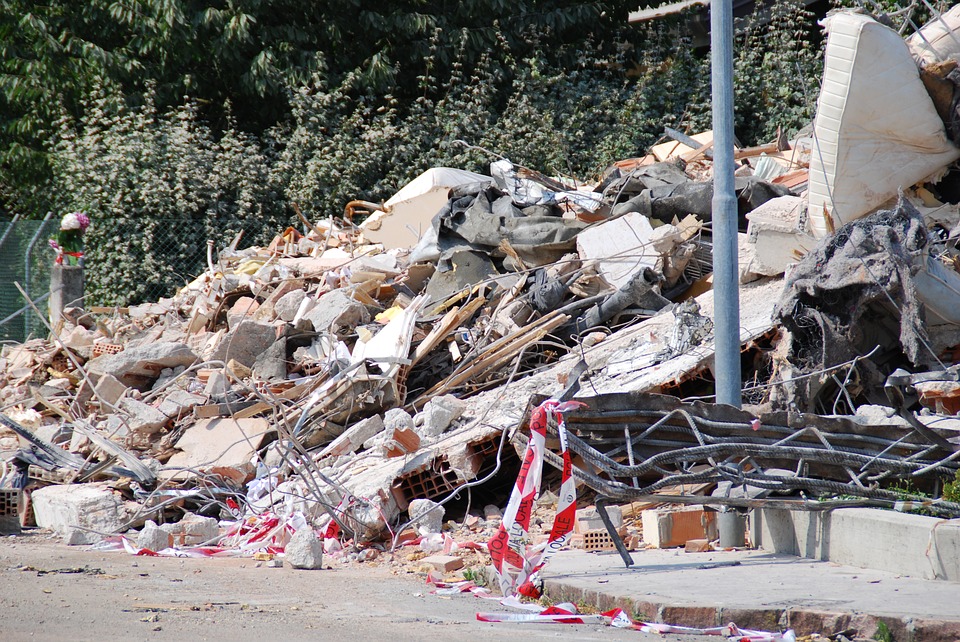There Will Be No Shaking in Our Boots When the Shaking Starts… Get Earthquake Prepared
Let’s consider something not that easy to think about. Let’s picture ourselves sitting at home with our family watching Jeopardy and a magnitude 7.8 earthquake tears through Los Angeles. Earthquake preparedness tips probably don’t come to mind.
What will the damage look like? How long will it last? What will we do in the aftermath of the shaking?
We Californian’s hear about earthquakes all too often. But how much do we actually do to prepare for them? How much do we actually know about them?
Proper Earthquake Preparedness
To properly prepare, we should understand some basic information on what makes up an earthquake. Simply put, earthquakes are the shaking or
rolling of the Earth’s surface due to subterranean tectonic plates
shifting or grinding together. Earthquakes are made up of two types of
waves. There are S-waves and P-waves. P-waves are the first series of waves that are slow moving and less damaging ranging from 2.5-4.5 seconds in duration. S-waves are the faster moving, more damaging waves lasting about 3 seconds in duration. Earthquakes cannot be predicted but early warning sensors are being utilized more and more to allow for up to
10-20 seconds warning for potentially affected areas. Cal OES has received $10 million from the state of California in 2016, and $15.75
million in 2018 to upgrade or install 463 early warning seismic sensors.
Having a plan based on known data is a step in the right direction. There are many resources including ShakeAlert 2.0 to help home, schools, and business prepare for earthquakes including basic first aid, CPR, and drills.
Countless guides and how to’s have been made to help prepare people for the next earthquake. This includes what kind of emergency supplies to store, how and what to plan for, and what to expect. But how many have taken measures for earthquake preparedness?
These are just a few things to consider when ensuring the safety of you and your family as well as give you peace of mind when the plates decide to shake, rattle and roll.
Prior to any damage, retrofit your house to withstand an earthquake as well as bolt down large appliances and remove large fixtures above beds and couches.
Make sure your family has an emergency plan and an emergency meeting location in case of separation.
Assemble emergency survival kit containing first aid kits, water, non-perishable food, batteries, extra cash (small denomination), and flashlights (link items to shop). Here are some other ideas of what to store.
Have at least one person in your family know CPR and Basic First Aid. CERT can help you prepare for a disaster.
Companies, schools, and even families can participate in a ShakeOut scenario to prepare them for a simulated earthquake safety course. ShakeOut usually consists of a simulated alert of an earthquake and what everyone should do in that situation.
Here is an extensive guide to preparation designed by the American Red Cross.
Have a Backup Emergency Power Plan.If you have an Emergency Standby Generator, check #7 off your list and let your neighbors, friends and family know the benefits of Emergency Backup Power.
Here is an informative video with Conan O’Brien interviewing renowned
Seismologist Dr. Lucy Jones, who has been with the USGS since 1983.
